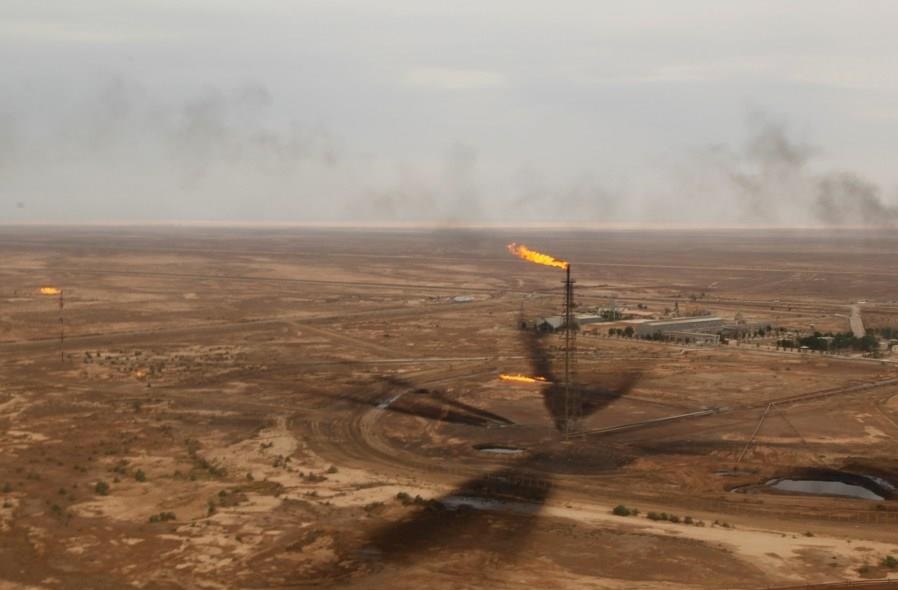Sumar is a newly discovered field, but since it is shared with neighboring Iraq, the National Iranian Oil Company (NIOC) has prioritized its development.
But when Iran decided to develop it, its petroleum industry was under international sanctions and it had to award the contract under an EPCF agreement to Iranian companies. The contract envisaged drilling two wells, building stations for transmission and separation of oil and gas, pumping and gathering systems. Production from Sumar was initially expected to start two years after the start of operations with Phase 1 output at 5,000 b/d and Phase II output at 10,000 b/d, but this objective was not achieved.
However, the Iranian Central Oil Fields Company (IOFC), which administers Sumar, drilled one well which produced 3,000 b/d. The oil produced from this field is being carried via a 23-kilometer pipeline to Naftshahr production/desalting unit.
In preliminary assessment report on Sumar oil field in 2009 and 2010, development of the field in Asmari Formation with an initial output of 5,000 b/d from four wells was envisaged.
In the study conducted for the transfer of oil from Sumar oil field to Naftshahr production and desalting unit, installation of multiphase pumps, and a single-phase transmission system including a separator, pump and compressor fitted with OLGA and PIPESIM were envisaged.
The preliminary studies indicated that at most 5,000 b/d of pre-salt oil could be processed at Naftshahr production and desalting unit. But as long as non-salt oil is being produced the processing of the entire oil is possible in the old unit.
Drilling of three new vertical fields in Asmari Formation, workover on an oil production well, installing a 25-kilometer offshore streamline stretching from wells to manifold, acquisition of land and drilling of well, setting up manifold and two-phase separation system, purchase and installation of single-phase pumping system with a capacity of 10,000 b/d, 123 horsepower and 550 pam external pressure, laying out 23-kilometer pipeline to carry 10,000 b/d of oil to Naftshahr production and desalting unit, installing 48 kilometers of power supply lines and a 1.5MW electricity station stretching from Naftshahr to satellite manifold and Sumar wells are among the most important equipment and facilities needed for Phase 1.
After Iran signed a landmark nuclear deal with the six world powers, Poland's PGNiG signed a memorandum of cooperation with the Department for Development and Engineering Affairs of NIOC in November 2016 to study Sumar. The CEO of PGNiG said at the time that cooperation with the NIOC would clear the way for more cooperation in oil extraction.
The Sumar recovery rate currently stands at 15% and it holds light oil. Four new wells are expected to be drilled in Sumar for a daily output of 4,500 b/d.
PGNiG submitted the findings of its studies to the NIOC in December. The report has been reviewed by the Committee of Advisors at the NIOC Directorate of Reservoirs. A final decision is to be made on the development of Sumar, soon.
Courtesy of Iran Petroleum


Your Comment